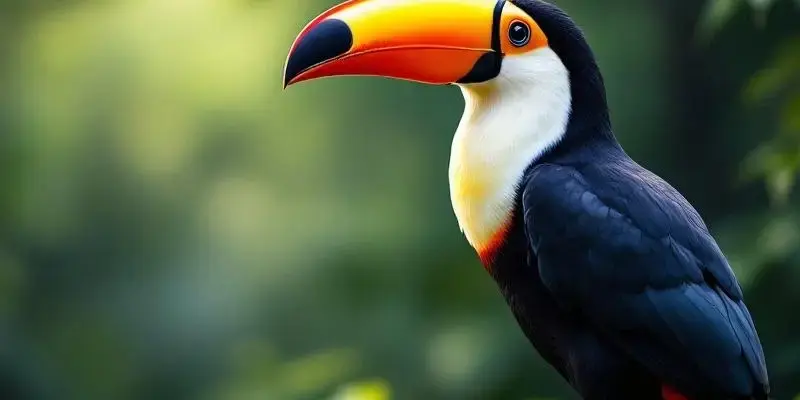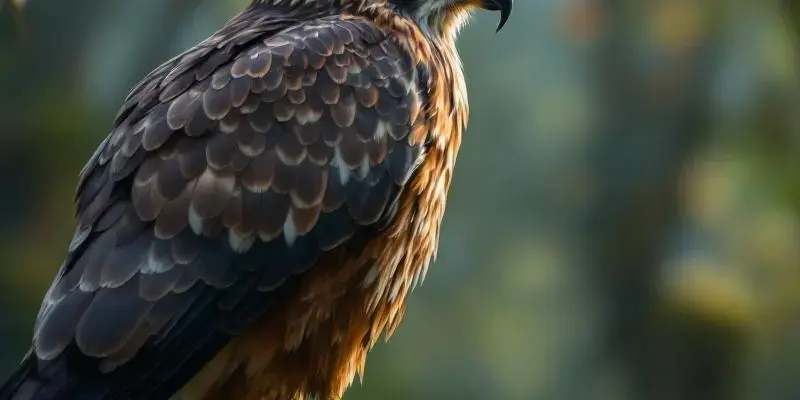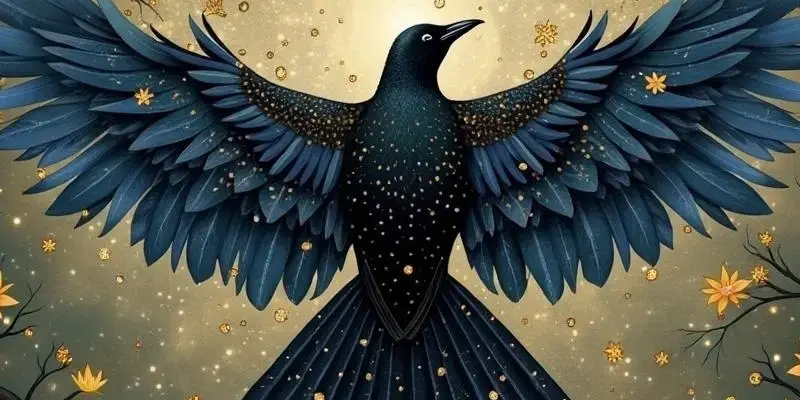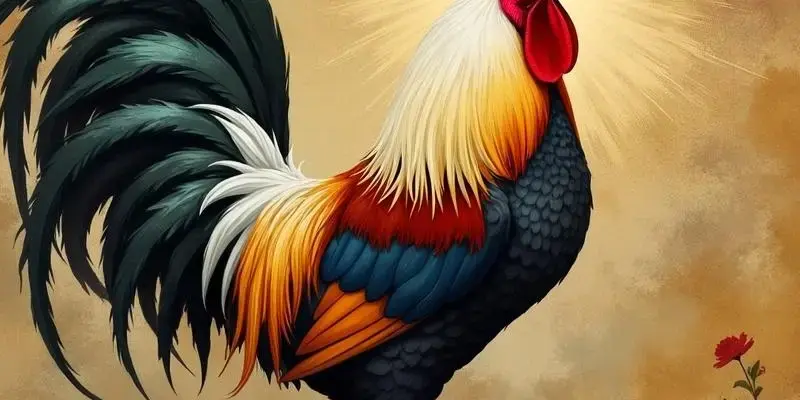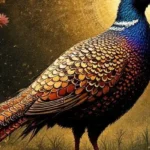Albatross spiritual meaning

The albatross, renowned for its remarkable 12-foot wingspan and ability to fly 10,000 miles without rest, serves as a powerful spiritual symbol of freedom and endurance across numerous cultures. These majestic ocean wanderers, capable of circling the globe in under 50 days, offer profound spiritual lessons about resilience, emotional expression, and trusting life’s invisible currents to guide our journey.
Key Takeaways
- Albatrosses symbolize freedom and independence with their ability to glide effortlessly for thousands of miles
- These birds represent spiritual messengers teaching us to trust our intuition just as they trust invisible air currents
- The albatross encourages emotional expression rather than suppression, which can harm our wellbeing
- With their lifelong mating habits, albatrosses embody commitment and authentic connection
- As environmental guardians, albatrosses remind us of our responsibility toward nature with 15 of 22 species now threatened
Majestic Ocean Wanderer: The Spiritual Significance of Albatross
The albatross stands as one of nature’s most extraordinary aviators, gliding effortlessly across vast oceans with minimal effort. Their impressive wingspan—reaching up to 12 feet—allows them to travel incredible distances without flapping their wings or stopping to rest. These remarkable seabirds can fly 10,000 miles across open water, circling the entire globe in less than 50 days.
Among the 22 recognized albatross species, many demonstrate exceptional longevity. Perhaps the most famous example is “Grandma,” the northern royal albatross who raised chicks at Taiaroa Head for an incredible 50 years and reached the record-breaking age of at least 61. This combination of endurance, freedom, and longevity forms the foundation of the albatross’s spiritual significance in cultures around the world and offers valuable spiritual insights for those who connect with this powerful symbol.
Freedom, Resilience, and Spiritual Connection
Across cultures and spiritual traditions, the albatross primarily symbolizes freedom and independence. Their incredible endurance showcases the spiritual truth that “relentless and resilient people always achieve the most.” By observing these magnificent birds soaring across vast oceans, I’ve come to appreciate how they embody the purest expression of freedom available in the natural world.
Albatrosses serve as powerful spiritual messengers, teaching us to trust our intuitive guidance just as they trust invisible air currents to carry them across oceans. This beautiful bird helps us find balance between abstract thoughts and concrete objectives, reminding us that both are needed for spiritual growth.
When the albatross appears as a spirit animal in your life, it carries an important warning: avoiding or burying emotions can be deeply detrimental to your health. Through their graceful movement and unwavering focus, albatrosses demonstrate how to achieve inner peace and transformation. Their lifelong partnerships further represent the spiritual ideal of everlasting love and commitment—a lesson for those seeking deeper connections in their relationships.
Cultural Interpretations Across Civilizations
The spiritual significance of the albatross varies widely across different cultures, each offering unique perspectives on this majestic seabird.
In Māori culture, the albatross (known as “Toroa”) holds sacred status. Its white feathers, called “Titapu,” symbolize peace. The phrase “te rau o titapu” shows deep respect for another person. Wearing albatross feathers or bone pendants conferred beauty and power on the wearer, typically a person of high rank. These sacred feathers adorned war canoes and were worn by respected elders as powerful spiritual symbols.
Hawaiian culture reveres the albatross as “Aaia-nukea-nui-a-Kane,” meaning “the great white albatross of Kāne.” It’s associated with the god Kanaloa who rules the sea, maintaining its sacred status in island traditions. This connection to divine ocean forces highlights the bird’s role as a spiritual intermediary between humans and the sea.
Maritime folklore offers some of the most influential albatross symbolism. Sailors traditionally believed albatrosses carried the souls of dead seafarers. Spotting one was considered a good omen, while harming an albatross brought terrible misfortune. This belief inspired Samuel Taylor Coleridge’s 1798 poem “The Rime of the Ancient Mariner,” where killing an albatross leads to curse and punishment—the dead bird tied around the mariner’s neck as a symbol of guilt. From this arose the metaphor “albatross around your neck,” representing a psychological burden that’s difficult to escape.
Physical Characteristics and Their Spiritual Lessons
The albatross’s extraordinary physical traits directly inform its spiritual symbolism in profound ways. Their remarkable 12-foot wingspan enables them to glide effortlessly for thousands of miles using thermal currents—a physical manifestation of trusting life’s flow. This ability mirrors how we might learn to navigate life’s challenges with grace and minimal resistance.
To become airborne, these massive birds must make a daring cliff dive, symbolizing the spiritual “leaps of faith” we sometimes need to take when pursuing our purpose. This initial risk-taking behavior teaches us that sometimes we must embrace vulnerability before we can experience the freedom that follows.
Their monogamous nature and elaborate courtship rituals—bowing, circling, and beak-clacking—represent commitment and authentic connection. As excellent navigators using ocean winds, albatrosses represent guidance through life’s storms. Some sailors would observe albatrosses to adjust their course and avoid hazardous conditions, highlighting their role as natural wayfinders. This navigational prowess connects to the albatross’s spiritual message of finding direction even in the most challenging circumstances.
Environmental Guardian and Modern Relevance
Today, the albatross serves as a powerful symbol of environmental conservation. Tragically, 15 of the 22 albatross species are threatened with extinction, making their spiritual message all the more poignant in our modern context. During the 19th and 20th centuries, these birds were nearly hunted to extinction in Japan for their feathers, which were used in hat manufacturing.
World Albatross Day now celebrates these magnificent birds and raises awareness about their conservation. Their plight reminds us of our responsibility toward nature, connecting their spiritual significance to modern environmental ethics. The albatross teaches us about the delicate balance between human activity and natural systems—a lesson increasingly relevant in our time of environmental challenges.
Despite changing times, reverence for this strange, powerful bird that can circle the globe in less than 50 days remains prominent even in modern sensibilities. Many spiritual seekers look to the albatross as a symbol of perseverance and freedom, qualities especially valued in our fast-paced, sometimes restrictive world.
Connecting with Albatross Energy in Daily Life
To embrace albatross energy in your spiritual practice, I recommend several approaches that can help you channel its wisdom:
- Trust your intuition as the albatross trusts wind currents
- Find harmony between abstract spiritual thoughts and concrete life goals
- Express emotions openly rather than suppressing them
- Embrace your uniqueness rather than compromising your authentic self
- Use albatross imagery during meditation to develop mental harmony and stress management
- Practice patience and endurance when facing life challenges
- Cultivate faith in the unseen aspects of your spiritual path
By incorporating these practices into daily life, you can tap into the transformative energy of the albatross, allowing its spiritual wisdom to guide you through challenges. Many find that simply visualizing the effortless glide of the albatross during difficult times can bring a sense of calm and perspective to stressful situations.
Artistic Expressions and Cultural Impact
The albatross has inspired artists for centuries, appearing in music, literature, and visual arts as a powerful symbolic presence. Pink Floyd’s “Echoes” captures its essence with the lyric “Overhead the albatross hangs motionless upon the air,” evoking its mystical presence. This artistic representation highlights the bird’s almost supernatural ability to appear suspended in the sky, a quality that has fascinated humans throughout history.
In literature, “The Rime of the Ancient Mariner” presents the living albatross as an emblem of innocence and divine creation, while the dead albatross represents sin that weighs us down. This dual symbolism has made the albatross a common literary device, representing both freedom and burden depending on context.
Native American cultures hold varied perspectives—some view the albatross as greedy and unfriendly, while others see it as a symbol of steadfastness and strength, with supernatural abilities including storm control. This diversity of interpretations across cultures highlights the albatross’s complex symbolic nature and connects to other bird symbolism found in spiritual traditions worldwide.
The albatross continues to captivate our imagination precisely because it embodies seemingly contradictory qualities—freedom and commitment, fragility and strength, isolation and connection. These paradoxes mirror our own human experience, making the albatross a particularly rich and resonant spiritual symbol for those seeking deeper meaning in their lives.
The albatross stands out as a powerful spiritual symbol of freedom and endurance across many cultures. These magnificent seabirds, capable of flying 10,000 miles without rest and circling the globe in under 50 days, teach profound lessons about resilience and intuition. They’re renowned for their impressive 12-foot wingspan and exceptional longevity, with some living over 60 years. Beyond representing freedom, albatrosses symbolize spiritual messengers encouraging emotional expression and authentic connection through their lifelong mating habits. They’ve influenced maritime folklore, where they’re believed to carry souls of dead sailors, and inspired famous works like Coleridge’s “The Rime of the Ancient Mariner.”
| Key Aspect | Spiritual Significance |
|---|---|
| Physical Traits | 12-foot wingspan symbolizes boundless freedom |
| Flight Ability | Represents trusting life’s flow and invisible guidance |
| Mating Habits | Embodies commitment and authentic connection |
| Cultural Status | Sacred in Māori and Hawaiian traditions |
| Conservation | Reminds us of environmental responsibility with 15 of 22 species threatened |

